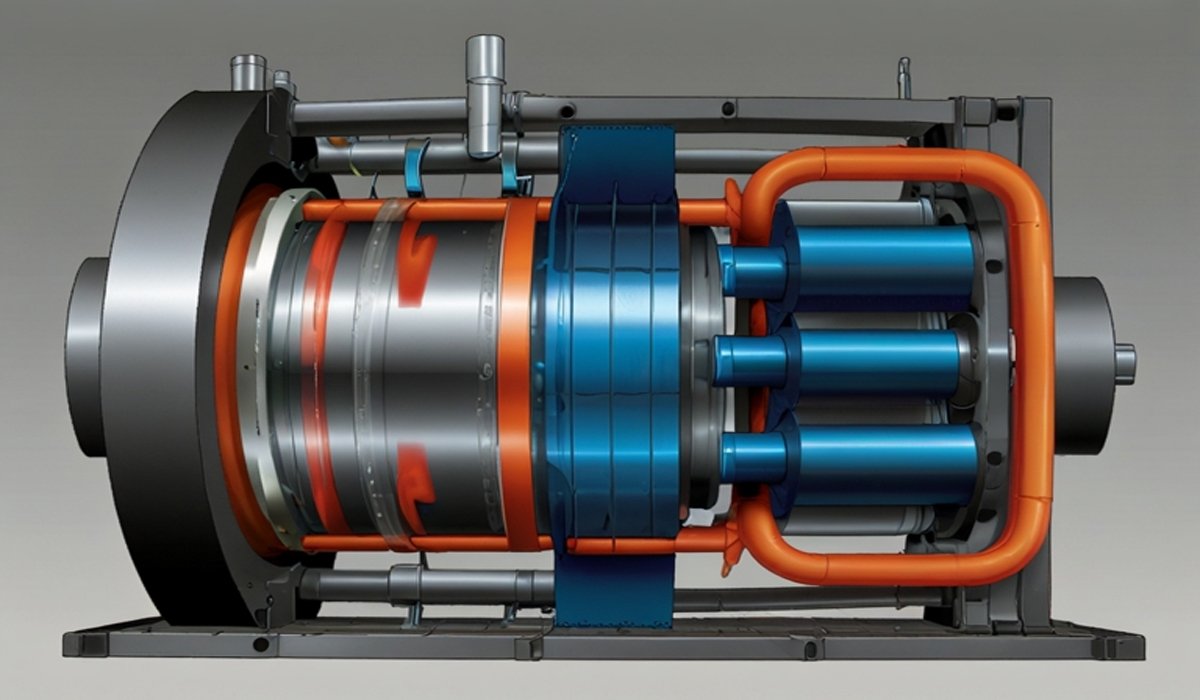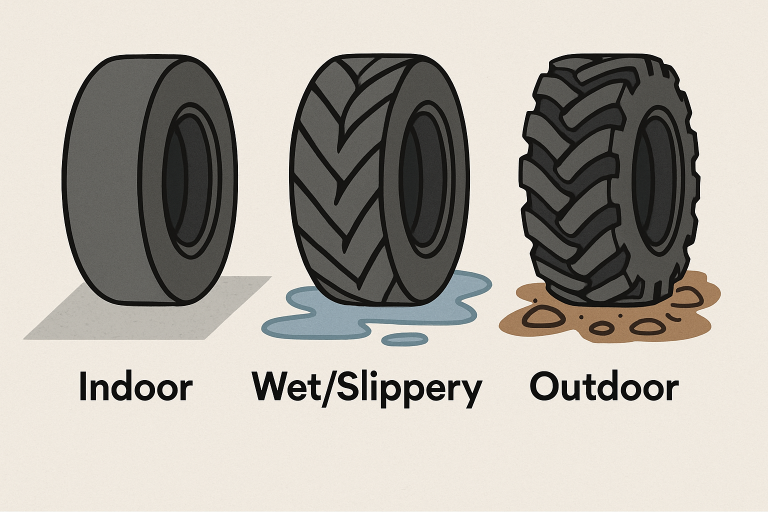Picture this: molten plastic emerges from a circular die, a skilled operator injects air, and—like a glassblower’s magic—a shimmering bubble inflates skyward. This delicate dance isn’t artistry alone; it’s governed by a silent puppeteer: the blow up ratio (BUR). Get this ratio wrong, and your food packaging tears, your agricultural film cracks, or your medical pouches fail. Get it right? You unlock films with superhero strength, crystal clarity, and perfect shrink.
In blown-film extrusion, blow up ratio isn’t just jargon—it’s the heartbeat of the process. Simply put, BUR is the ratio of the bubble diameter (the inflated plastic tube) to the die diameter (the hole it exits). Think of it like blowing up a balloon: how much bigger than the nozzle does the balloon get? This seemingly simple number—typically between 1.5 and 4—holds tyrannical power over your film’s thickness, strength, transparency, and even sustainability.
Why Blow Up Ratio Isn’t Just Math—It’s Molecular Alchemy
At its core, BUR controls biaxial orientation—the alignment of plastic molecules in both machine (MD) and transverse (TD) directions. Imagine stretching a net: pull it equally in all directions, and it becomes uniformly strong. Stretch it too wide, and threads thin and snap. Too little? The net stays weak and floppy.
Here’s how BUR shapes your film:
- High BUR (e.g., 3.5-4): Aggressively stretches molecules sideways (TD), yielding:
- Thinner film (cost-saving!)
- High TD strength (great for heavy-duty sacks)
- Danger zones: Bubble instability, MD weakness, hazy film.
- Low BUR (e.g., 1.5-2): Gentle stretching prioritizes machine direction:
- Thicker film (more material cost)
- Stable bubbles (easier to run)
- Danger zones: Poor impact resistance, uneven thickness, “loose” shrink properties.
The Goldilocks Zone: Finding Your Perfect Blow Up Ratio
Not all films crave the same BUR. A cling wrap and a construction vapor barrier have wildly different needs.
Real-World BUR Sweet Spots:
| Application | Typical BUR Range | Why It Works |
| Grocery Bags | 2.5 – 3.2 | Balances MD/TD strength for ripping vs. load capacity |
| Agricultural Film | 3.0 – 3.8 | High TD strength resists wind stress; controlled light diffusion |
| Shrink Film | 3.5 – 4.0 | Maximizes TD orientation for tight, even shrinkage |
| Medical Packaging | 2.0 – 2.7 | Lower stress = fewer defects; clarity critical |
Spotting BUR Gone Wrong:
- 😩 Bubble breathing (flickering diameter)? BUR too high.
- 😩 Gel streaks or “ropes”? BUR too low, causing poor melt mixing.
- 😩 Film splitting during converting? Check imbalanced MD/TD strength—a classic BUR mismatch.
Pro Tips: Taming Your Blow Up Ratio Like a Seasoned Engineer
Controlling BUR isn’t just dialing air pressure. It’s a symphony:
- The Air Ring Maestro: Cool air controls bubble freeze point. Faster cooling = higher viscosity = harder to stretch (effectively lowering BUR).
- Line Speed vs. Gauge: Running faster? You’ll thin the film—compensate by slightly lowering BUR to maintain thickness.
- Material Matters: LLDPE loves higher BUR (3-4). LDPE? Stick to 2-3. Nylon? Too high a BUR invites crystallization haze.
“Think of BUR as the conductor of your polymer orchestra. When molecules align harmoniously, the film sings.”
— Elena Rodriguez, Process Engineer, FlexFilms Inc.
Beyond the Bubble: How BUR Impacts Your Wallet & Planet
Optimizing blow up ratio isn’t just technical—it’s economical and ecological:
- Reduce Material Use: A 10% BUR increase can thin film by 5–7%, slashing resin costs.
- Cut Energy Waste: Stable bubbles (achieved at optimal BUR) lower motor load vs. constantly adjusting for instability.
- Boost Quality: Fewer breaks = less scrap. One plant cut waste by 18% just by dialing in BUR.
FAQs: Blow Up Ratio Demystified
- Can I change BUR without stopping production?
Absolutely! Adjust internal bubble cooling (IBC) or air ring flow. But do it gradually—shocks destabilize bubbles. - Does BUR affect film optics?
Critically. High BUR orients crystals uniformly, boosting clarity. Too high? Stress whitening occurs. - What’s the link between BUR and frost line height?
Higher frost lines (slower cooling) let you run higher BUR—molecules stretch easier when warmer. - Is BUR the same for mono and coextruded films?
Not quite. Coex layers have different viscosities. Aim for a “weighted average” BUR based on layer thickness. - Why does my bubble collapse at high BUR?
You’ve hit the “burst limit.” Thinned film can’t contain air pressure. Lower melt temperature or raise die gap. - Can software predict optimal BUR?
Yes! Tools like AutoVue simulate stress distribution before you extrude an ounce. - Does BUR impact recyclability?
Indirectly. Poorly controlled BUR = more defects = more contamination in recycle streams.
You may also like: Everything You Need to Know about Paint Protection Film











